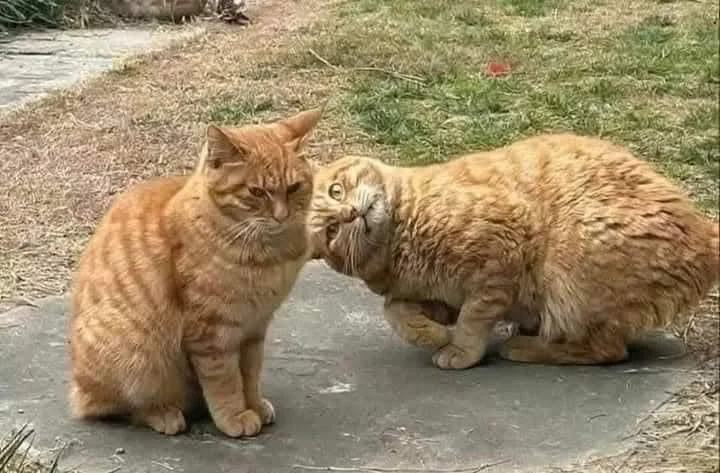The Beagle, with its keen nose, friendly demeanor, and earnest eyes, is one of the most recognized and loved breeds in the world. Beagles are particularly renowned for their extraordinary sense of smell and tracking instinct. Their roots date back hundreds of years, linking them to a rich history and making their journey all the more fascinating.
The Beginnings
The precise origins of the Beagle breed are somewhat shrouded in mystery, as it’s difficult to trace them to a single source. The Beagle’s predecessors are believed to have existed during the era of the ancient Greeks, around the 5th century BC. Xenophon, an ancient Greek philosopher, makes mention in his writings of a hound that is remarkably similar to the Beagle we know today.
During the 11th century, William the Conqueror brought the Talbot hound, a breed now extinct but known for its excellent scenting abilities, from France to England. Many canine historians believe the Talbot hound to be one of the ancestors of the modern Beagle.
The Name “Beagle”
The term “Beagle” was first documented in the 15th century, although its exact origin is unknown. There are two leading theories: some suggest it comes from the French term “be’geule,” referring to the baying voice of the hounds when in pursuit of game, while others believe it’s derived from “beag,” a Gaelic word meaning “small.”
The Emergence of the Modern Beagle
The Beagle as we know it began to emerge in the 18th century in England. At that time, there were two types of Beagle-like dogs: the larger Southern Hound, used for tracking deer, and the smaller North Country Beagle, used for tracking rabbits. The latter, due to its smaller size, would eventually become the foundation for the modern Beagle breed.
Throughout the 18th and 19th centuries, selective breeding among the smallest Beagles led to the creation of a distinct breed. Reverend Phillip Honeywood established a Beagle pack around 1830 in Essex, England, and is often credited with developing the breed we know today. His dogs were small and purebred but varied greatly in terms of appearance. Thomas Johnson later refined the breed to have a more attractive appearance while still maintaining their strong hunting abilities.
Beagles Across the Pond
The Beagle breed was introduced to America in the early 19th century, primarily for hunting purposes. General Richard Rowett from Illinois imported some dogs from England and began breeding. His Beagles were known for their attractive appearance and sharp tracking skills, contributing significantly to the Beagle’s popularity in America.
However, the Beagle breed as we know it today was primarily developed in the United States. The first Beagle breed club was formed in 1888, followed by the National Beagle Club in 1889, which still oversees the breed standard. The American Kennel Club recognized the breed in 1885.
Beagles Today
Over the years, Beagles have grown in popularity, not just as hunting dogs, but also as family pets and show dogs. They’re celebrated for their friendly nature, intelligence, and of course, their unparalleled sense of smell, which has seen them employed in various roles, from tracking dogs to contraband detectors in airports.
Beagles have also made their mark in popular culture. Perhaps the most famous Beagle is Snoopy from Charles Schulz’s comic strip, Peanuts. Lyndon B. Johnson, the 36th President of the United States, owned several Beagles during his presidency.
In the world of dog shows, Beagles have seen considerable success. In 2008, a Beagle named Uno became the first of his breed to win Best in Show at the Westminster Kennel Club Dog Show. In 2015, another Beagle named Miss P repeated this feat.
A Look at Beagle Puppies
Beagle puppies, with their tri-color coat, floppy ears, and expressive eyes, are undeniably adorable. As puppies, they are curious, playful, and energetic. This breed is slow to mature, often retaining a puppy-like demeanor well into adulthood. Training a Beagle puppy requires patience due to their independent and stubborn nature, but with positive reinforcement and consistency, they grow into obedient and well-adjusted adults.
Conclusion
The Beagle, with its centuries-long journey from ancient Greece to modern-day America, is a breed steeped in rich history and tradition. Despite their evolution over time, the core traits of the Beagle – a sharp nose, boundless energy, and friendly demeanor – have remained unchanged, making them a beloved breed worldwide. From hunting hounds to family pets, show dogs to pop culture icons, Beagles have established their pawprints in many aspects of human life. Their journey is a testament to their versatility, adaptability, and enduring charm.









